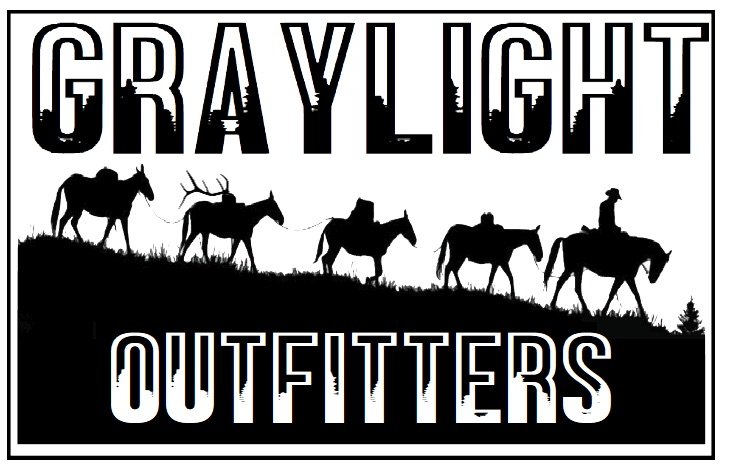Introduction
In the heart of Wyoming's rugged landscape lies a pristine paradise, where towering mountains, crystalline rivers, and untouched wilderness converge to create an angler's haven unlike any other—the Teton Wilderness. Within this realm of natural splendor, the pursuit of Yellowstone Cutthroat Trout (Oncorhynchus clarkii bouvieri) becomes more than just a recreational activity; it becomes an immersive experience that connects individuals with the land, water, and the storied history of the region. This essay delves into the captivating world of fishing for Yellowstone Cutthroat in the Teton Wilderness, exploring its ecological significance, the challenges it poses, and the profound connection it fosters between humans and nature.
Ecological Significance of Yellowstone Cutthroat Trout
The Yellowstone Cutthroat Trout, native to the mountainous watersheds of the Rocky Mountains, has become an icon of the American West. Its vivid orange-red slash along the throat and distinctive coloration embody the wild spirit of the region. Beyond its aesthetic charm, this species plays a crucial ecological role in maintaining the balance of aquatic ecosystems. As a predatory fish, it helps control the populations of insects and smaller fish, preventing imbalances that can lead to water quality degradation.
Furthermore, the Yellowstone Cutthroat has a cultural and historical significance as the only trout species native to the Yellowstone ecosystem. Its presence serves as a marker of the region's integrity and natural heritage. However, the proliferation of non-native trout species, habitat degradation, and overfishing have threatened its survival, making responsible angling practices imperative for its preservation.
The Teton Wilderness: A Pristine Habitat
The Teton Wilderness, encompassing a staggering 585,238 acres, is an awe-inspiring landscape that extends from the western boundary of Yellowstone National Park to the eastern slope of the Teton Range. Within its boundaries, an intricate network of rivers, streams, and lakes provides an ideal habitat for Yellowstone Cutthroat Trout. The untamed character of this wilderness area ensures the trout's habitat remains relatively unaltered, offering a glimpse into the pristine conditions that once characterized the entire region.
One of the most revered fishing destinations within the Teton Wilderness is the Yellowstone Lake. Its clear, glacier-fed waters teem with the elusive Yellowstone Cutthroat, providing an unrivaled angling experience that is both challenging and deeply rewarding. The diverse topography of the wilderness, from high alpine lakes to meandering streams, caters to anglers of all skill levels and preferences.
Challenges and Ethical Considerations
While fishing for Yellowstone Cutthroat in the Teton Wilderness promises moments of exhilaration and tranquility, it also poses challenges that underscore the need for responsible angling practices. Catch-and-release policies, size limits, and fishing regulations are essential tools in maintaining the fragile balance of the ecosystem. Ethical considerations extend beyond abiding by regulations; anglers are entrusted with the duty to preserve the vitality of the habitat by leaving no trace and minimizing their impact on the environment.
Moreover, the Teton Wilderness demands a deep appreciation for the wilderness experience itself. The pursuit of Yellowstone Cutthroat is not merely about the catch; it's about embracing the solitude, the grandeur of nature, and the process of self-discovery that comes with it. Disconnecting from the modern world and immersing oneself in the rhythms of the wilderness fosters a sense of humility and reverence for the natural world.
Cultivating a Connection: Humans and Nature
Fishing for Yellowstone Cutthroat in the Teton Wilderness transcends the realms of sport and recreation. It's a transformative journey that binds individuals to the land, the water, and the rich history of the region. The pursuit of these trout becomes a bridge connecting people to their primal instincts, reminding them of the rhythms of the wild that have shaped human existence for millennia.
Through this connection, anglers become stewards of the land, advocating for conservation efforts and sustainable practices that ensure the legacy of the Yellowstone Cutthroat continues to thrive for generations to come. As they navigate the challenging terrain, make precise casts, and engage in the delicate dance with the trout, they cultivate a profound respect for nature's intricacies and the delicate balance that sustains it.
Conclusion
In the Teton Wilderness of Wyoming, fishing for Yellowstone Cutthroat is more than a recreational endeavor—it's an opportunity to commune with nature in its purest form. As anglers cast their lines into the crystalline waters and seek to capture the elusive spirit of the region, they simultaneously become guardians of its legacy. Through responsible angling practices, ethical considerations, and a deep connection with the land, they ensure that the untamed beauty of the Teton Wilderness and the majesty of the Yellowstone Cutthroat endure, inspiring awe and reverence for generations to come.
